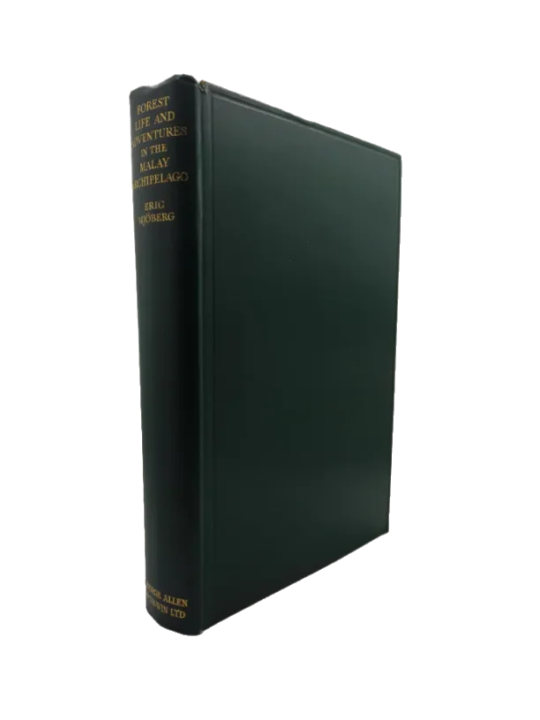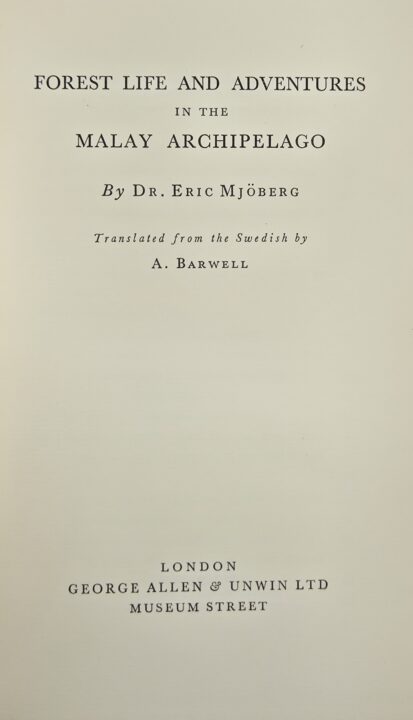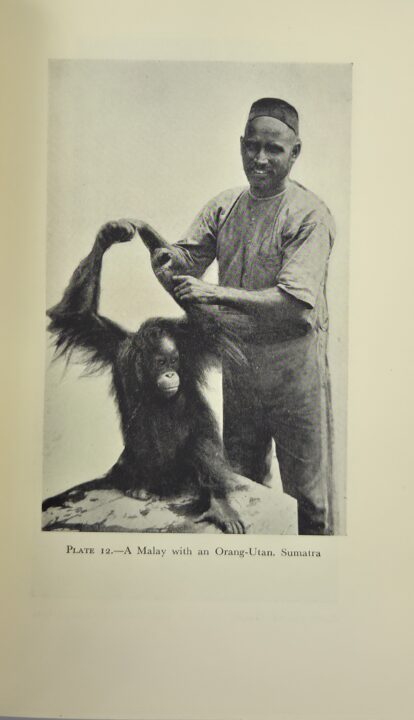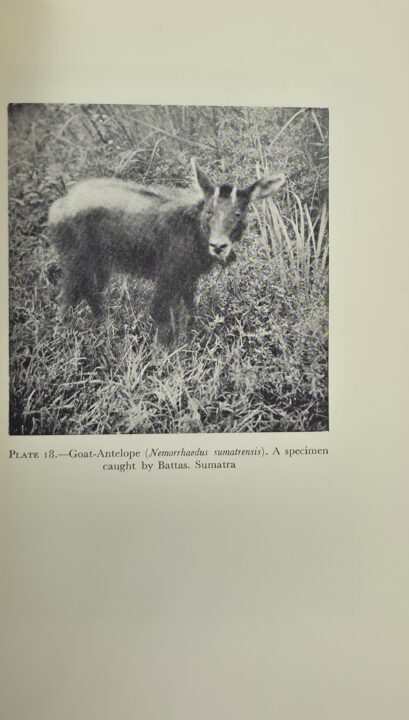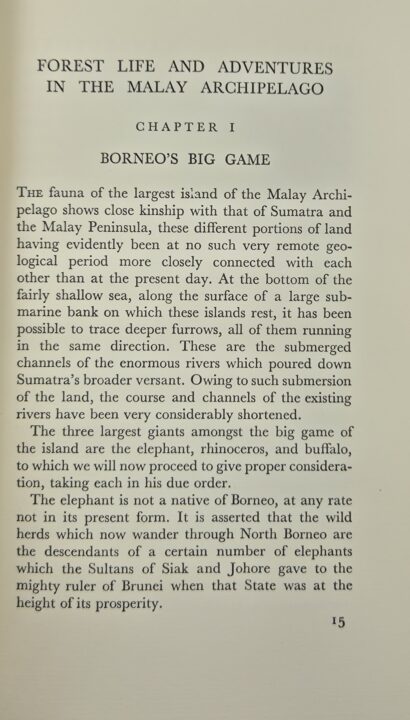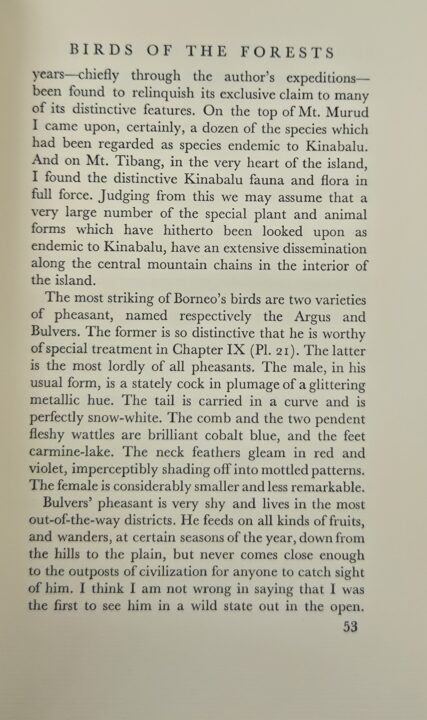Forest Life and Adventures in the Malay Archipelago by Dr. Eric Mjöberg is a compelling and richly descriptive account of early 20th-century scientific exploration in Southeast Asia. First published in the 1930s, the book is based on Mjöberg’s expeditions across Borneo and other parts of the Malay Archipelago, where he served as a zoologist, ethnographer, and naturalist. His work blends travel narrative, natural history, and cultural observation, offering a rare firsthand perspective of the region before the significant changes brought by modern development and decolonization.
What makes Mjöberg’s writing especially engaging is his sharp observational detail. He captures the lush complexity of tropical forests, the behaviors of exotic wildlife, and the intricacies of Dayak and other indigenous cultures with the curiosity of a scientist and the sensitivity of a traveler. Readers will find themselves immersed in scenes of treacherous river crossings, jungle treks, and encounters with unfamiliar species, both animal and human. His accounts of orangutans, hornbills, and rainforest flora are particularly vivid, providing insight into ecosystems few Westerners of his time had experienced firsthand.
At its best, the book functions as a fascinating record of early ethnographic and biological exploration. Mjöberg’s respect for the peoples he encountered—despite the occasional Eurocentric tone common to writings of the period—is notable. He documents their customs, spiritual beliefs, and social structures with an attempt at fairness, though always through the lens of a Western scientific observer.
However, the book is not without controversy. Mjöberg’s scientific practices, particularly his removal of indigenous remains and sacred artifacts for European museums, have drawn criticism and ethical scrutiny in recent years. These actions, while standard among early 20th-century anthropologists, raise modern questions about cultural theft and the legacy of colonial science. As such, the book is best read today with a critical eye toward the historical context in which it was written.
In terms of literary style, Mjöberg’s prose is direct and often lyrical, with a strong narrative voice that guides the reader through the region’s untamed terrain. While some passages veer into technical description, most are accessible to general readers interested in travel, nature, and anthropology.
Overall, Forest Life and Adventures in the Malay Archipelago is a valuable and absorbing document of exploration and early field science. It provides both a window into the natural world of the Malay Archipelago and a reflection of Western attitudes during a formative period of scientific discovery.
Additional information
| Weight | 631 g |
|---|---|
| Dimensions | 15 × 3 × 22 cm |
| Author | Dr Eric Mjoberg |
|---|---|
| Publisher | George Allen & Unwin Ltd |
| Published On | 1930 |
| Pages | 201 |
| Country | London: United Kingdom |
| Language | English |
| Dimension | 15cm x 22cm |
| Item Weight | 631gm |
| Edition | First Edition |

